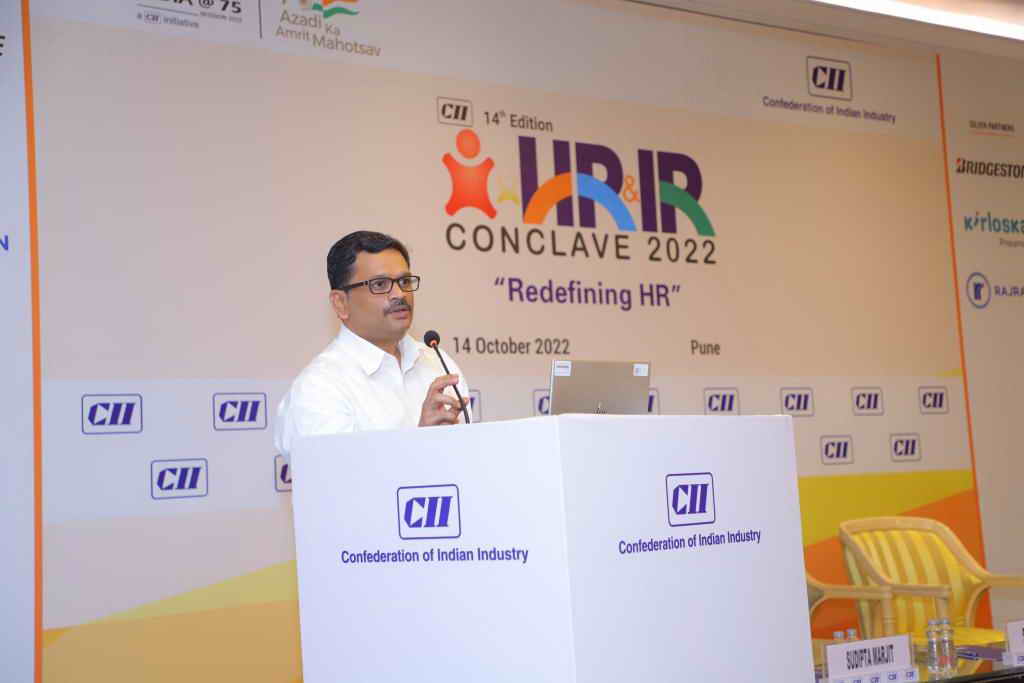The first great leveller was the wheel which set up big indutries of retail and automobiles and still runs the fortune in number of small, large appliances/applications. In recent times, they are mobile telephony and internet. Games have always been a great community leveller. In India, all it takes is a bat and ball and a small un-obstrusive place to get a couple form a group, break up into teams, move to a ground, conduct tournament, attract crowd and have a festival time for sports.
Within internet users, social applications have created die-hard fan following that people have started living with. People prefer chatting, tweeting, connecting to a distant world instead of kicking a conversation with neighbours.
e-Learning as a product within internet has the same potential. A self introspection case led me to the following discovery.
I come from a small town and recently visited my native after 3.5 years.During our school days, I realize that in competitions city based schools were given the aura of success. While in most cases, my school teams would have beat some tough opponents, credit then would be "individualized and rare form of luck", while for schools of "brand" were always "generalized and passed on as a normal routine feather in cap".
Often, as child, teenager, we always felt that the score of knowledge is greater in these places, due to the accessibility and availability of "geeky likes". Talk about a quiz club, sports teachers, stadiums, clubs, college grounds, auditoriums, number of occasions to showcase talent, amount of cross-pollination that improves the class act, exposure to mediums and influences are abundant in city places.
With penetration of computers, internet, CD forms of learning being made available, I could now a visible yet slow shift that is beginning to settle the score of knowledge at same level. What games would then be played is an eventual guess.
Your guesses please.





![Reblog this post [with Zemanta]](http://img.zemanta.com/reblog_e.png?x-id=b915e90f-5be2-8276-9d7f-12335e24ca3d)


![Reblog this post [with Zemanta]](http://img.zemanta.com/reblog_e.png?x-id=78393bde-d464-89ff-984e-e33e53035f0a)

